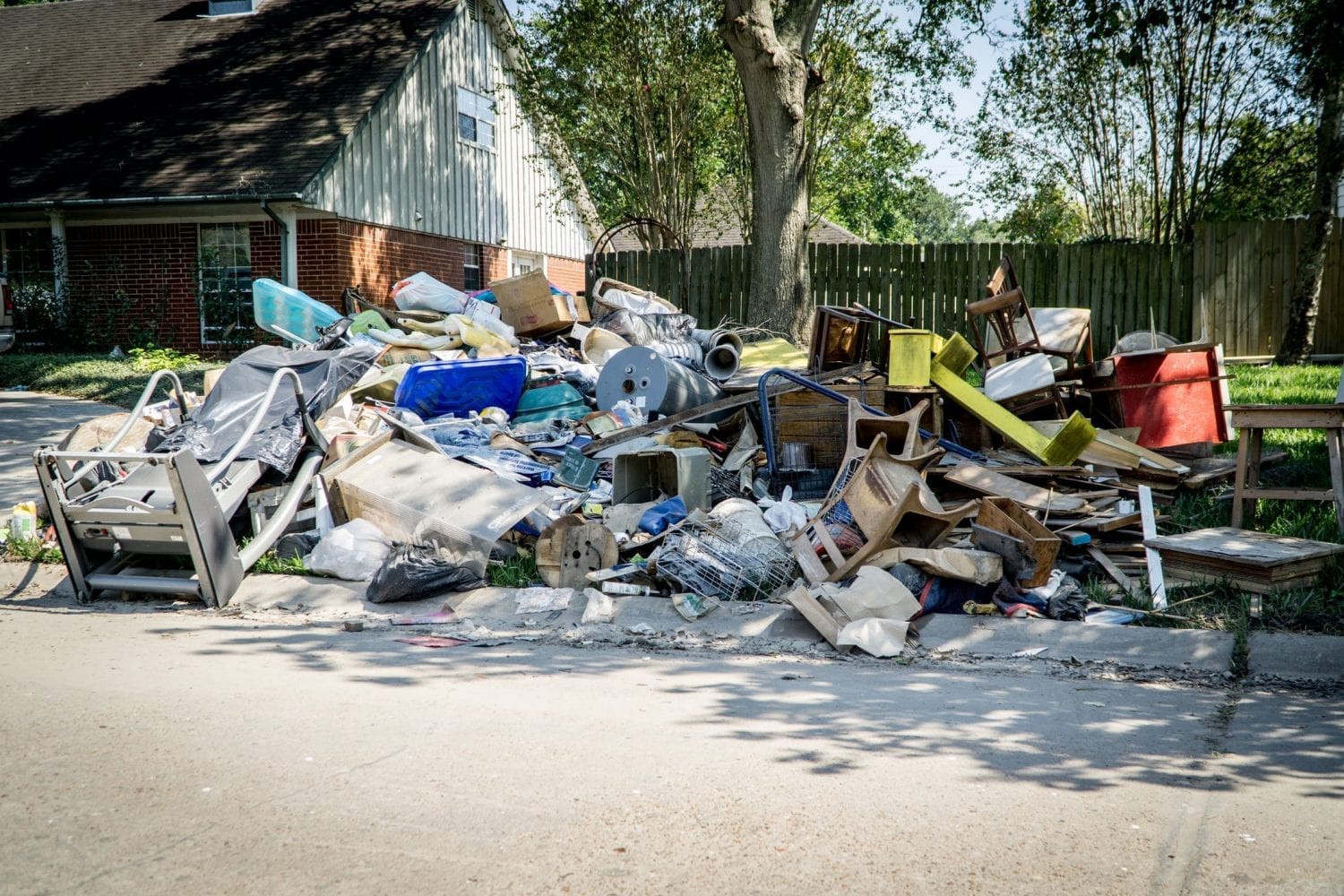Most insurance policies have an “additional coverage” known as debris removal for amounts you incur to remove damaged property.
If your home is damaged by a covered fire loss, and your insurance policy provides debris removal coverage, the insurance company must pay the cost you incur for removal of the burned remains of your home. Similarly, if your home is damaged by a covered water loss, the insurance company must pay the cost you incur to remove and dispose of the wet building materials, including things such as wet carpet and padding, damaged baseboards, wet drywall, and other similar items.
Depending on your policy, you may have a limit on the amount of the debris removal coverage (e.g., up to $15,000), or a set percentage (e.g., 5% of the limit of liability). Debris removal coverage not only covers the removal and disposal of damaged building materials but can also be utilized to remove and dispose of damaged personal property items.
If your home or business suffers a property loss, always make sure your insurance company is properly paying your claim and providing all the coverage for which you paid a premium—including coverage for debris removal.
If you have a question about your debris removal coverage, or how the coverage should be calculated or applied, speak to one of the expert Florida property insurance attorneys at Murray + Murray. All consultations are free.
%20LOGO%20FINAL.png?width=1089&height=252&name=MLG%20(PREMIUM)%20LOGO%20FINAL.png)
